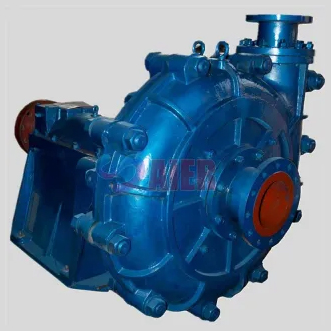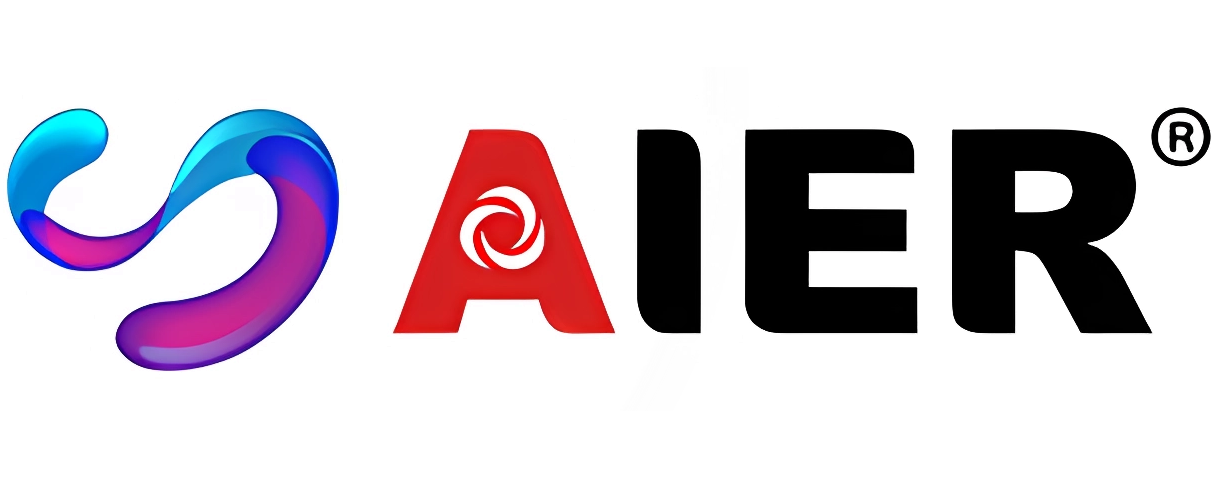دسامبر . 11, 2024 19:07 Back to list
best pump for slurry factory
Choosing the Best Pump for Slurry Applications in Factories
When it comes to the efficient movement of slurry in industrial settings, selecting the right pump is crucial. Slurry, a mixture of liquid and solid materials, can be challenging to handle due to its viscosity, particle size, and corrosiveness. Therefore, understanding the various types of pumps available and their suitability for slurry applications is essential for factories to maintain productivity and minimize downtime.
Types of Pumps for Slurry Handling
1. Centrifugal Pumps Centrifugal pumps are the most common type used for handling slurry. They operate by converting rotational energy into hydrodynamic energy, which moves the slurry through the pump. However, standard centrifugal pumps may not be ideal for slurries with high solid content or viscous fluids, as they can lead to clogging and wear. Specialized centrifugal pumps, designed with larger impeller clearances and robust materials, can effectively manage slurry applications.
2. Positive Displacement Pumps Positive displacement pumps can be an excellent choice for slurry applications. These pumps work by trapping a fixed amount of fluid and then forcing it through the discharge. They are beneficial for handling slurries at varying viscosities and solid concentrations. Depending on the specific needs, rotary gear pumps, diaphragm pumps, and screw pumps can be utilized for effective slurry transport.
3. Progressing Cavity Pumps Progressing cavity pumps consist of a helical rotor inside a stator, which creates a series of cavities that transport the slurry. These pumps are suitable for handling slurries containing a high percentage of solids, making them ideal for industries such as mining and construction. The gentle pumping action reduces degradation of the solids, which is critical in sensitive applications.
4. Submersible Pumps Submersible pumps can also be employed for moving slurry. These pumps are designed to operate while submerged in the liquid, making them effective for applications where the slurry needs to be pumped from deep pits or tanks. Their design minimizes cavitation and optimizes performance, though care must be taken to choose a model that can handle solid particles without clogging.
Factors to Consider When Choosing a Slurry Pump
When selecting a slurry pump, several factors should be taken into account to ensure optimal performance
best pump for slurry factory

- Solid Size and Concentration Evaluate the size and concentration of solids in the slurry. Pumps with appropriate tolerances will ensure reliable operation and minimize maintenance.
- Viscosity of the Slurry The viscosity will dictate the type of pump you need. High-viscosity slurries often require positive displacement pumps, while lower viscosity mixtures may be handled by centrifugal pumps.
- Pump Material The material from which the pump is made is crucial, particularly in corrosive environments. Stainless steel, rubber-lined, and ceramic materials are popular choices for increasing wear resistance and longevity.
- Flow Rate and Pressure Determine the required flow rate and pressure for your application. This will help in selecting a pump that can meet these specifications consistently.
- Operating Conditions Consider the temperature and environment in which the pump will operate. Some pumps are designed for extreme conditions, while others may require climate control.
Maintenance and Reliability
Regular maintenance is essential for slurry pumps, as the harsh conditions often lead to wear and tear. Implementing a maintenance schedule that includes checking seals, bearings, and impellers will prolong the life of the pump. Additionally, using wear-resistant materials and components can mitigate risks and enhance reliability.
Conclusion
Choosing the best pump for slurry applications in factories is not a one-size-fits-all approach; it requires careful consideration of the specific requirements of the slurry being processed. By understanding the different types of pumps available and how they operate, manufacturers can make informed decisions that lead to increased efficiency, reduced downtime, and improved overall productivity. Investing in the right slurry pump ultimately pays off in maintaining smooth operational workflows and protecting the longevity of your equipment.
-
High Quality Slurry Pump Seals Reliable China Suppliers & Manufacturers
NewsJun.24,2025
-
High Quality Portable Submersible Slurry Pump Supplier & Manufacturer from China
NewsJun.10,2025
-
Slurry Pump Parts Manufacturer – High Quality Rubber Spare Parts from China
NewsJun.10,2025
-
High Quality 1/3 HP Submersible Sump Pump with Vertical - Reliable Supplier & Factory Price
NewsJun.10,2025
-
High-Efficiency Centrifugal Slurry Pumps India
NewsJun.10,2025
-
High Quality Warman Centrifugal Slurry Pump Suppliers & Factory
NewsJun.10,2025
